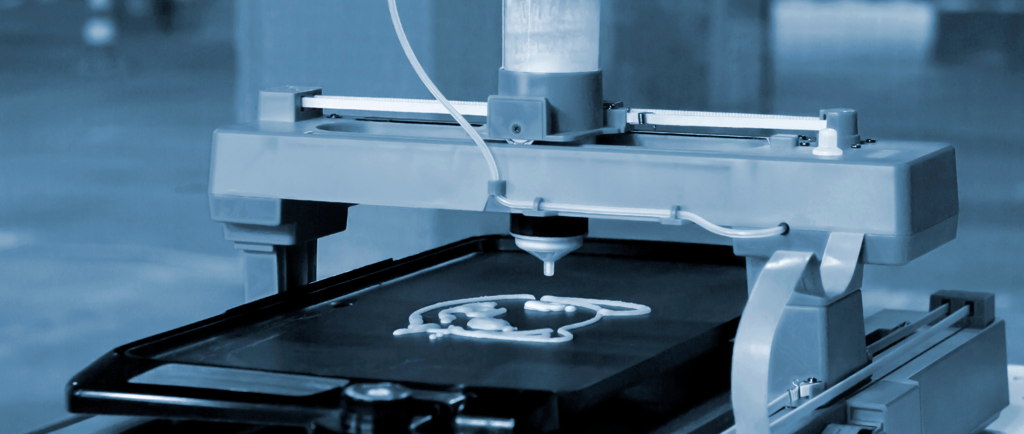Revolution at Home: 3D Printers for Domestic Use in 2025
3D printers, which a decade ago were seen as niche tools for engineers and enthusiasts, have by 2025 become a household appliance almost as common as a coffee maker. The revolution of 3D printing for home use has transformed how we create, repair, and personalize everyday objects. But what changed to make this technology so deeply integrated into our homes? Let’s explore the innovations, applications, and impacts of domestic 3D printers in 2025.
3D & HARDWARE


1. Accessibility and Ease of Use
In 2025, domestic 3D printers are more accessible than ever. Entry-level models cost less than $200, with brands like Creality and Anycubic leading the consumer market. Usability has also improved dramatically: touchscreen interfaces, integrated voice assistants, and mobile apps allow even users with no technical experience to print objects easily. Many printers now feature auto-calibration and error-detection systems, reducing failures and waste. This democratization has opened doors for families, students, and small entrepreneurs to explore the technology.
2. Advanced and Sustainable Materials
One of the major changes in 2025 is the variety of materials available for home printing. Beyond traditional PLA and ABS filaments, it’s now common to use recyclable bioplastics, carbon fiber-infused filaments for added strength, and even edible materials like chocolate for culinary creations. Sustainability has also taken center stage: many companies offer filament recycling programs, and some printers can grind and reuse plastic from discarded household items, like PET bottles. This eco-friendly approach alleviates environmental concerns and makes 3D printing more practical.
3. Practical Everyday Applications
In 2025, domestic 3D printers go far beyond hobbies. Families use them to repair items—from broken appliance parts to toys—reducing the need to buy replacements. Online communities like Thingiverse and Printables have grown exponentially, offering millions of free downloadable models, from kitchen utensils to custom tools. Small entrepreneurs benefit too, creating on-demand products like jewelry, accessories, and even simple prosthetics without relying on large suppliers. In education, children and teens use 3D printers for school projects, learning design and engineering concepts hands-on.
4. Integration with AI and Automation
Artificial intelligence has revolutionized domestic 3D printing in 2025. Software integrated with generative AI allows users to create 3D models from simple commands, like “design an adjustable phone stand.” Additionally, AI optimizes the printing process, adjusting parameters like temperature and speed for each material to ensure high-quality results. Some printers even connect to smart home systems, letting you start a print via smartphone or voice commands through assistants like Alexa or Google Home.
5. Challenges and the Future
Despite the progress, challenges remain. Printing speed, though improved, isn’t instantaneous, and complex objects can take hours to complete. Intellectual property issues also arise with the ease of replicating patented products. In 2025, governments are starting to regulate domestic use, requiring printers to include verification systems to prevent copying protected items. Looking ahead, domestic 3D printers are expected to evolve to print with multiple materials simultaneously, paving the way for creating simple electronics, like circuits, at home.
Conclusion
In 2025, domestic 3D printers are more than a novelty—they’re tools that empower creativity and self-sufficiency. From quick repairs to custom projects, they’re redefining the concept of “do it yourself.” In the “Technological Alphabet” of the modern home, 3D printing is a letter that can’t be ignored. Have you thought about what you could create with a 3D printer in your home?


